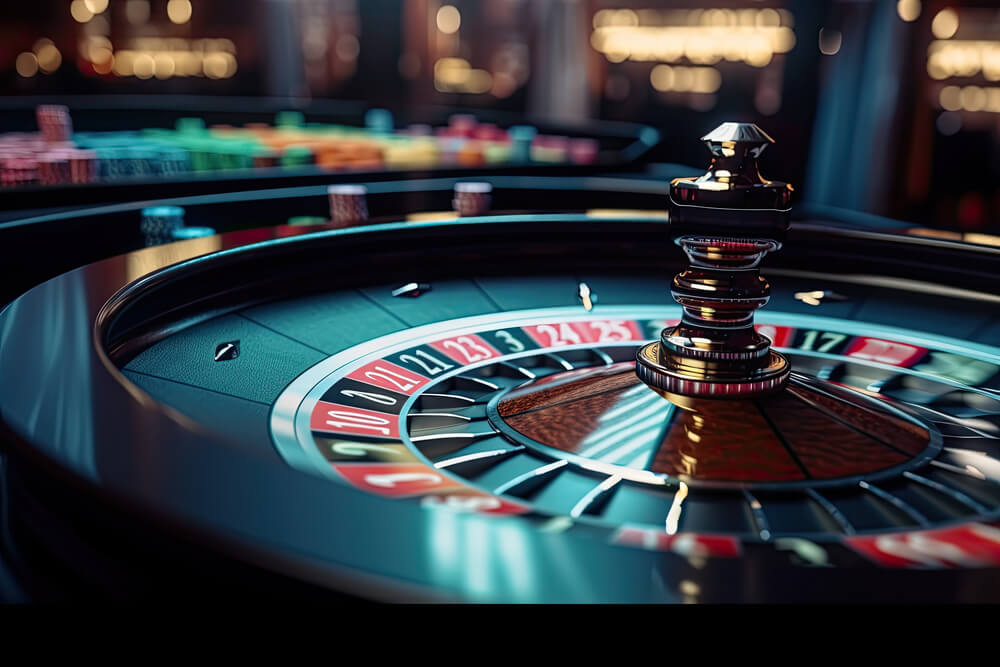In what way Casino Games Employ Color and Style to Attract Gamers
Within the lively and thrilling world of gaming establishments, wherein fortune and strategy intertwine, hues and design play a key role in drawing in players. As soon as visitors step into a casino or log into a gaming platform, they are immersed in a visual feast that grabs their attention and lures them to discover further. Bright colors, captivating graphics, and creative layouts are carefully crafted to create an environment of thrill and anticipation, ultimately enhancing the gaming experience.
While gamblers navigate through the ever-changing landscape of casino games, they encounter a range of designs that not only serve aesthetic purposes but also affect emotions and choices. Colors like red and gold symbolize riches and luck, while calm blues and greens can create a more tranquil environment. Understanding how these elements work together allows casinos to create an welcoming and energizing atmosphere that encourages players to engage with the games, spend more time at the tables, and increase their general enjoyment.
The Science of Hue in Gambling Games
Color plays a key role in the development of gaming experiences, influencing players' feelings and behaviors. Lively and vibrant colors, such as scarlet and amber, are often used to incite thrill and draw attention. These hues create a sense of urgency and dynamism, encouraging participants to involve themselves more readily with the game. By intentionally selecting hues, developers aim to inspire emotions of pleasure and anticipation, which can enhance the overall gaming experience.
Distinct hues also have psychological connotations that can affect how players perceive their odds of winning. For example, green is commonly associated with fortune and prosperity, making it a popular choice in games like the roulette wheel and poker games. This association can result players to feel more hopeful and assured in their play, ultimately motivating them to stake more. Understanding these associations allows game developers to design environments that enhance player happiness and engagement.
In addition, the layout of gambling game interfaces often employs color gradients and contrasting colors to direct player actions. For instance, successful outcomes may be emphasized with vivid, contrasting colors, creating a visual reward. This technique supports positive outcomes and promotes repeated participation. By leveraging color psychology, gambling establishments can design activities that not only attract players but also hold them involved and committed in their play experience.
Creative Elements that Attract Players
The aesthetic appeal of casino games is primarily influenced by the use of vibrant colors. Bright and contrasting colors are strategically chosen to create an inviting atmosphere that grabs interest. mmlive For instance, reds and golden hues often signify good fortune and prosperity, which is why they are common in the color schemes of slot machines and game surfaces. These colors not only draw players in, but they also stir emotions related to excitement and anticipation, enhancing the total gaming experience.

In addition to color, the aesthetic and layout of casino games play a crucial role in player attraction. Games are designed to be user-friendly, ensuring that players can easily understand the rules and mechanics. User-friendly interfaces, along with engaging graphics and motion, help maintain player interest and promote longer play sessions. The tactile elements, such as the texture of the controls and the sounds of the games, also add to a comprehensive sensory experience that keeps players immersed.
In conclusion, conceptual elements in game design can greatly influence player choice. Many gambling games are inspired by popular culture, fairy tales, or exploration motifs, featuring symbols and characters that connect with players. These themes create a sense of engagement and connection, making each game feel distinct. When players feel a connection to the concept, they are more likely to opt for that game over others, leading to increased participation and enthusiasm within the gambling environment.
Case Studies: Effective Gambling Game Designs
One prime example of effective gambling game design is the well-known slot machine series themed around hit movies. Games such as those based on the The Wizard of Oz and Game of Thrones utilize vibrant colors and top-notch graphics to enthrall players in well-known narratives. The application of lively visuals and captivating sound effects captures the focus of players, establishing an affective connection to the theme. cá cược thể thao tại mmlive This tactic not just promotes longer play but also enhances the overall gaming experience, leading to increased player retention.
Another effective case is the application of color psychology in table games like blackjack and roulette. Casinos often develop these games with dark reds and greens, colors traditionally associated with luck and wealth. For instance, the emerald felt on a blackjack table provides a relaxing effect, while the red accents in roulette invite anticipation. This intentional use of color helps to create an inviting atmosphere that stimulates players to participate, fulfilling their psychological impulses and increasing their enjoyment.
Finally, online casino games that include community features and vivid, colorful designs have achieved remarkable success in engaging players. Games like Zynga's Poker and Slotomania leverage vivid colors and playful animations to forge an inviting online environment. The inclusion of leaderboards, social sharing options, and in-game rewards promotes competition and community, drawing players in for longer sessions. Such designs not only make the games visually attractive but also highlight social interaction, a crucial factor in player retention and engagement within digital casino environments.
